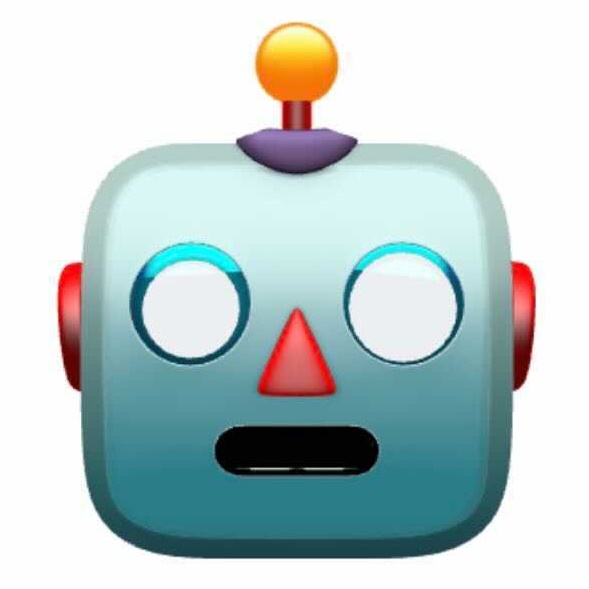
Non-human animals may not communicate with each other using a verbal language, but that doesn’t mean that they don’t have a considerable capacity for thought. In particular, our closest ancestors such as gorillas and chimpanzees have shown the ability to comprehend themselves and the world around them at a high level through experiments and data testing. In this essay, I will consider what animals would say if they did have the capacity to produce a verbal language.
In order to run this thought experiment in the first place, in my opinion, we would have to limit it to animals that meet a minimum standard of thought and complexity. It would be preposterous to suppose that animals towards the bottom end of the evolutionary scale could produce verbal output of any coherence. For example, the life of an earthworm seems to be predicated upon simple behavioral routines that wouldn’t require any verbal language at all.
Domestic animals provide much better candidates for verbal language. In any given context, it isn’t too difficult to figure out what a dog is expressing by barking, growling or whimpering. It may be expressing its displeasure with a situation, happiness about being fed, or anger at the presence of a rival. These sounds could then easily be translated into verbal statements such as “Don’t disturb me when I’m eating,” “Great, it’s dinner time!” or “Stay away from my territory!”
Cats are a slightly more difficult case than dogs. While they seem to possess a similar level of intelligence, their behavior is more aloof, and therefore more difficult to read. Once again, though, we can take our cues from the context in which a cat meows or scowls. If the meow has a contented tone, it might be expressing something like “I’m happy just to take it easy today.” On the other hand, a sharp scowl, accompanied by scratching or clawing motions, might be translated as “I’m trying to sleep, so stop bothering me!”
In the case of our closest ancestors on the evolutionary scale, the great apes, we could attribute higher-level verbal output to them. Such animals may have the ability to think beyond themselves and to empathize with us. If they could verbalize these thoughts, they would express such sentiments as “What’s wrong with you today? You’re looking gloomy.” or “You are my closest friend. I deeply value our friendship.”
Finally, it is worth considering the case of dolphins. Dolphins are another highly intelligent animal, but communicate with each other using sonar. The signals that they send could be interpreted as warnings such as “Let’s stick together, because there is a shark nearby.” or specific directions such as “Head north, towards safer waters.”
In summary, the verbal output that non-human animals would produce depends on the animal’s level of intelligence. We can interpret the behavior of domestic animals according to the context of the sounds that they make, and we can read deeper, more complex expressions into the behavior of closer ancestors of human beings.
Ming
Vocabulary
preposterous (adj.) – very silly or foolish
coherent (adj.) – speaking in a way that is sensible and that people can understand
predicate (verb) – to base something on something else
aloof (adj.) – not friendly or not wanting to be involved with other people or things; distant
empathize (verb) – to understand how someone feels because you can imagine what it is like to be them
ネイティブ講師と話すならこちら!
英語学習をフルサポート!
マンツーマン&コーチングの英会話教室



















